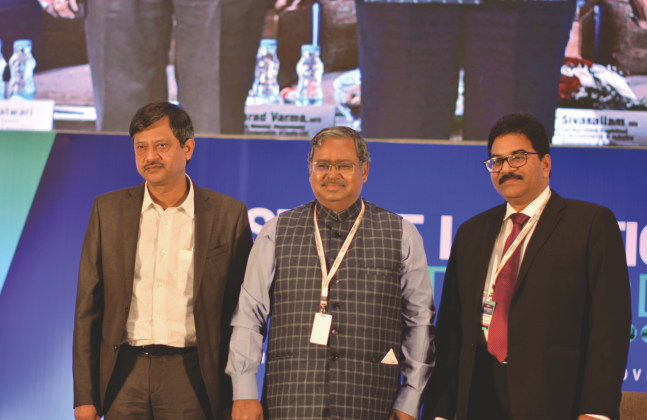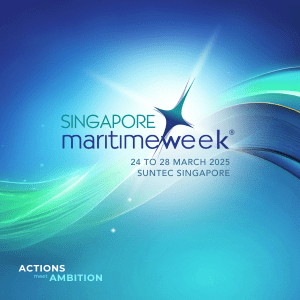The session focused on the growing trade in West Bengal and in the eastern region as a whole and how the upcoming opportunities such as the eastern DFC could be best used by the shippers
The first business session titled Resurgent Kolkata Exim Growth commenced with a brief introduction by R Ramprasad, Editor in Chief and Publisher, Maritime Gateway highlighting keys issue on cargo movement in the eastern region.
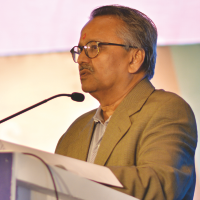
Sushil Patwari, Regional Chairman, Eastern Federation of Indian Export Organisation (FIEO) opened the session by highlighting the progress that was happening in West Bengal. He said that exports from West Bengal had been witnessing an upward trend. There were several positive indicators. The number of shipping bills processed during the year 2017-18 had increased from 91799 to 96193. The total weight of dry and liquid bulk cargo handled by Calcutta Customs during the period increased to more than 21 lakh tons. The total number of containers handled by customs department increased to about 4 lakh containers. Currently it was more than 6 lakh containers.
The Logistic performance of Calcutta Customs had also improved significantly. The overall release time was 8.5 days and 90 per cent of all the Bill of Entry were facilitated, meaning there was no examination done for majority of imports . FIEO had conducted several awareness sessions along with Calcutta Customs on E Sealing and AEO.
However few major logistic bottlenecks had remained with regard to export from Calcutta specially the Calcutta Port systems was inadequate. There were insufficient examination/ inspection areas and inadequate number of RTG cranes for loading. Efforts were needed to overcome the bottleneck and for the improved infrastructure for the exports, he contended. The Bangladesh border congestion had to be sorted out so that exports and import procedures could be done smoothly at reduced cost. Much of the exports which was being done from other part of India through Calcutta was now being shifted to sea route. It was therefore necessary to improve the facilities so that those could also come to Calcutta and more exports could be done through land route.
He appealed to the representatives present to send their suggestions and steps to be taken for improving logistics infrastructure in West Bengal and Eastern region has a whole. He suggested that the points be forwarded to Shri Sivasailam.
Sharad Verma IRTS, Executive Director Operations, CONCOR, began with a brief introduction of CONCOR operations. CONCOR began their operations with just seven ICDs when it was set up in 1988 as a Navratna company. Today the organisation owned 73 terminals and had strategic alliances in others with a pan-India presence. It handled around 3.5 million teus with the net worth of `9401.1 crores in 2017-18 and had a market share of 75 per cent in container movement by rail.
It primarily focussed on three activities – viz as a carrier transport, as a terminal operator and as a port operator at GTIL in a joint venture with APM terminal, Vallarpadam and with GTIL at JN Port. Of the total container rail share more than 50 per cent was handled by CONCOR at Mundra, 55 per cent at Pipavav and 75 per cent at JNPT.
With DFC coming up, they were planning to induct high capacity wagons which could carry 80 tons. Majority of its terminals were linked with rail. It had a fleet of more than 23,000 domestic containers and were planning to add containers with the higher payload capacity of 30 tons. All CONCOR terminals had facilities for handling containers, cargo, storage for containers, Customs facilitation. Other value added services included palletization, plugging, fumigation, LCL consolidation, container repair facility and first and last mile transportation.
Out of the 81 terminals, 14 were purely exim where only international traffic was handled. 23 terminals were purely domestic and 36 were combined terminals. By 2020 they intend to have 100 terminals all over the country. As pioneers in the sector, they commenced movement of double stack trains. Currently the movement was from Mundra and Pipavav to their hub at CMLK, Khatuwas.
CONCOR had introduced timetable trains in certain sectors such as Tughlakabad to Sanath Nagar and Bangalore and this was also extended between Tughlakabad terminal and Dadri terminal to Khatuwas. Services between the port and hinterland was provided from all the important ports such as JNPT Mundra, Chennai, Krishnapatnam, Vallarpadam, Vizag, Paradip, Haldia and Kolkata.
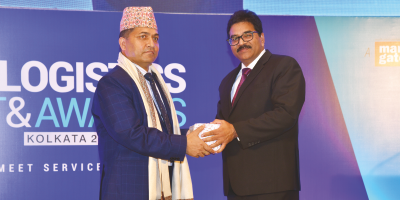
A new service had been introduced to customers called, (KYCL) Know Your Container Location through a mobile app. Once their containers reached the terminal, the APP helped them to know the status of their containers, whether it was destuffed, delivery Order issued etc. Another APP had been introduced to enable customers to know the location of their containers, conduct E filing etc.
They had been building new circuits and streams help to reduce the cost which could be passed on to the customers.
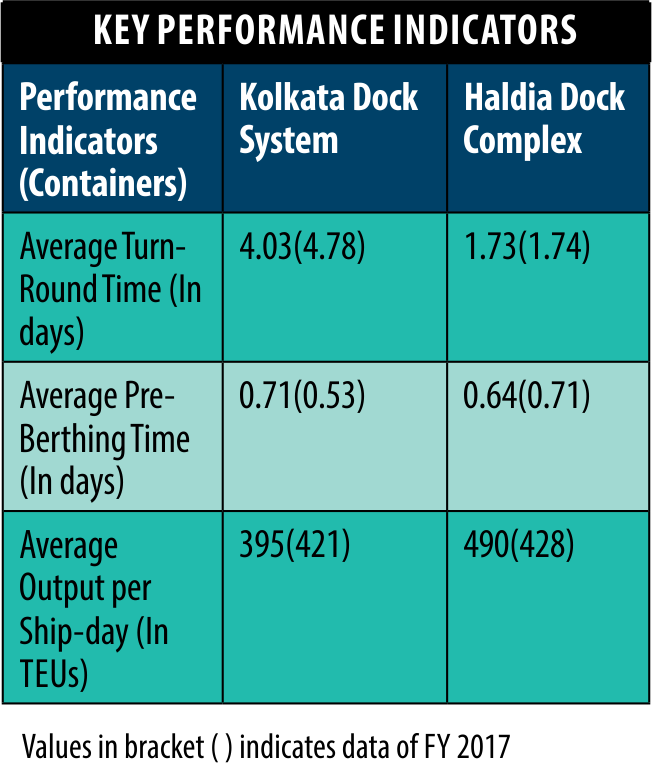
Another important facility that they were going to introduce was to strengthen the first and the last mile connectivity for the customers. The customers would be able to book a truck for the transportation of their containers through a mobile APP which would have a list of approved transporters and choose one with the lowest quote.
N Sivasailam, IAS, Special Secretary Logistics, Ministry of Commerce who was the third speaker, expressed his happiness over the presence of delegates from Bangladesh and Nepal to carry things forward in this sector.
With regard to the Eastern Dedicated Freight Corridor, he wanted the stakeholders to have a dialogue with the railways, to avoid rigidity in pricing that would not be logistics friendly. He wanted the involvement of IIFT, IIM Kolkata and influential shipping periodicals to highlight how this could be brought about. It was a key element which would go a long way. He also asked the delegates from Nepal and Bangladesh to see how they too could take part in the eastern DFC. He wanted Nepal and Bangladesh to enjoy the benefits of this corridor, as soon as it was commissioned.
Sivasailam also wanted that every station along the route have a dedicated terminal which would serve the hinterland and have facility of storage as well as capacity for value additions. He would call these as the next generation warehouses.
Inland waterways was seeing a revival in the the eastern sector. He wanted Bangladesh and India to develop business confidence on either side.
Another pressing issue he highlighted was the protracted time of 28 days round trip taken by trucks from Punjab to Petrapole. This delay, according Sivasailam created a whole lot of rent seeking behaviours which made the sector unviable for business. The issue need urgent attention from Bangladesh because it had the potential of destroying the trade. If the delay could be resolved, the transhipment for either countries would become much cheaper. He appealed to the eastern zone captains to be sensitive to this issue.
Sivasailam was also distressed over the fact that the cheapest Indian port in India, JNPT, was three times more costlier than the ports with whom they competed, namely Jabel Ali, Singapore and Colombo. It was imperative that the pricing in India was as competitive as anywhere else. This way we could value add to our export, he said. But presently most of our imports could not be value added for export. Similarly the exports became so costly that we tended to lose out on competitiveness on the export front too. Unless that was attended to, inter country trade was meaningless.



